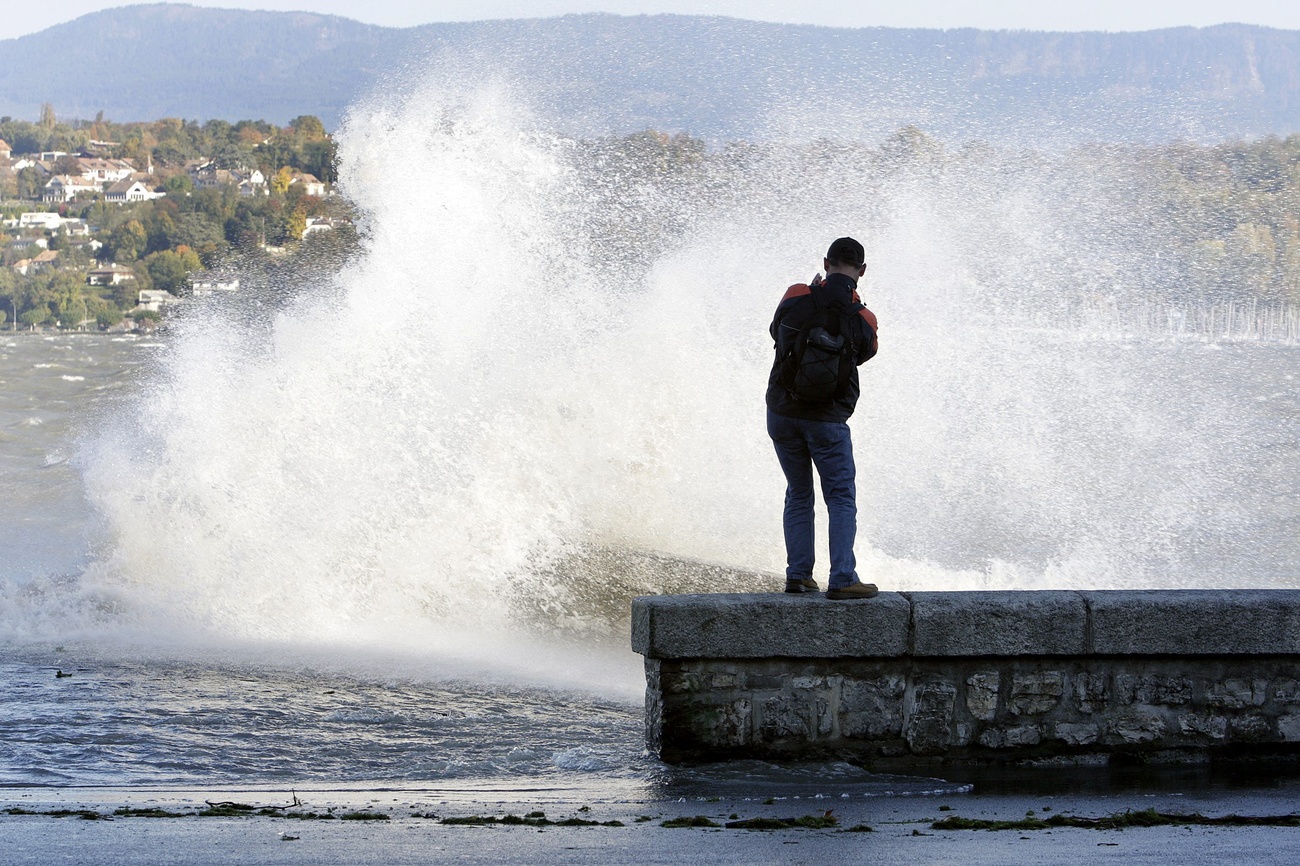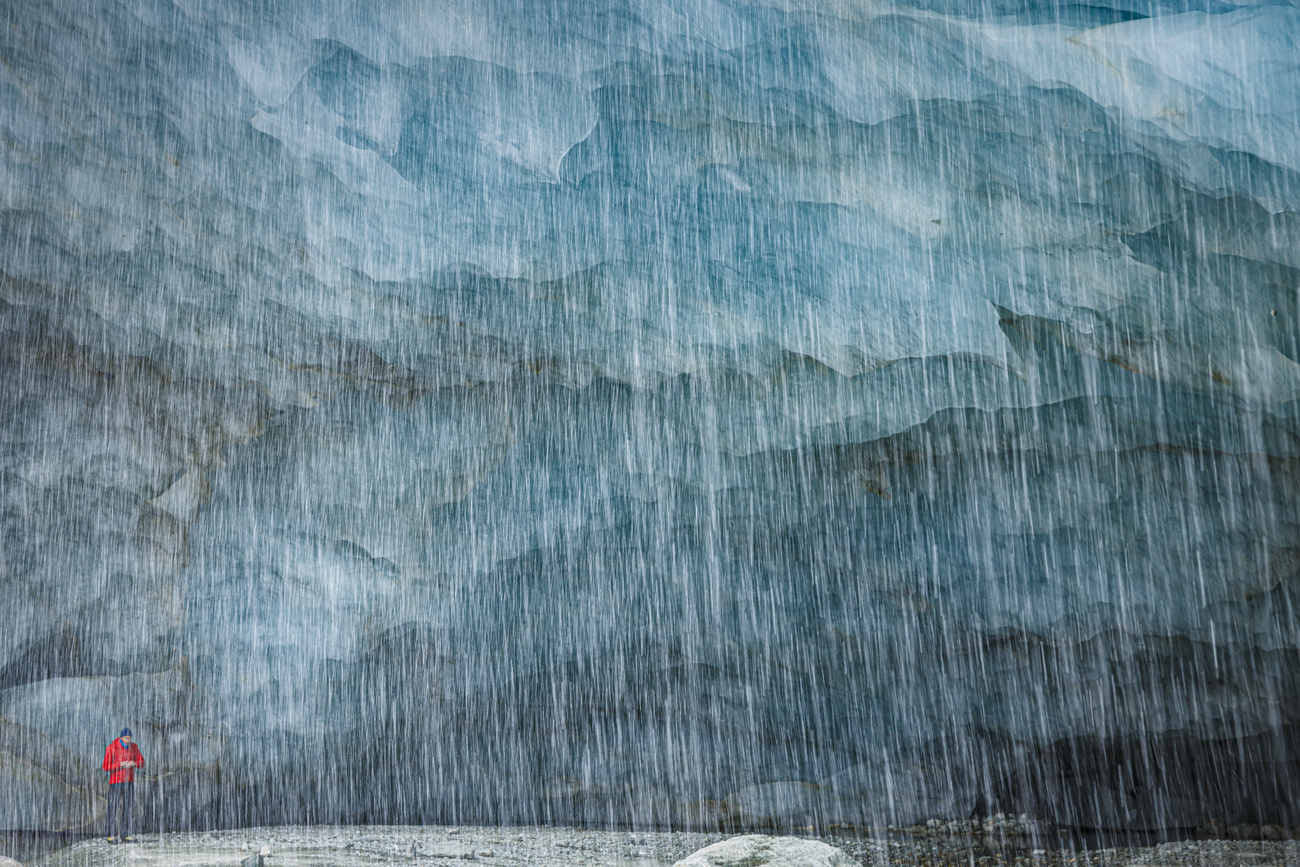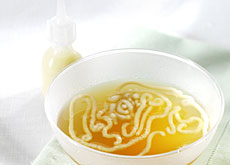Ice cream market fails to take off

Ice cream sales have fallen for the fifth year in a row since the "summer of the century" in 2003, when Swiss devoured a record 55.5 million litres.
Even novelties this summer such as Mövenpick’s cognac ice cream and a special moon landing tie-in with the ever-popular Rocket lolly don’t look set to halt the decline.
Whereas six years ago each Swiss got through more than eight litres of ice cream annually, last year it was down to six, according to the Swiss ice cream producers’ association.
“We predict [the economic situation will have an effect] because of the touristic impact in Switzerland,” Christian Beck from Emmi Ice Cream, part of the Swiss dairy concern, told swissinfo.ch.
“Fewer consumers mean less ice cream is sold. But we hope that Swiss people staying at home during summer will consume more in their regions.”
Restaurants in holiday destinations – in cities and up mountains – have been hit particularly hard, with sales down ten per cent.
Beck thinks swissinfo.ch’s theory that people might be stocking up on tubs of comfort food to get them through the dark times is “optimistic”.
But Grit Heinrich, product manager at ice cream maker Frisco, which is owned by Swiss food multinational Nestlé, says the main variable on ice cream sales remains the weather.
“In Switzerland ice cream goes hand in hand with blue sky and at least 25 degrees Celsius,” she said.
If it’s colder than that, she added, people head for the chilled drinks instead, with Smoothies and energy drinks being particularly popular.
Swissness
Back in 1969, when Frisco’s Rocket was launched to coincide with the moon landings, Swiss consumption of ice cream was less than 30 million litres a year. This has since almost doubled – and eight million Rockets are still sold every year – but the peak of the ice cream mountain appears to have been reached.
“I hope Emmi Ice Cream will be able to hold sales, but we fear that overall [the Swiss catering industry] will suffer this summer,” Beck said.
Nevertheless, Emmi says the origin of products is becoming increasingly important and with that in mind its aim this summer is to communicate the high quality of its Swiss products.
“The trend is clear: flavours based on Swiss milk and cream. We’ve focused on these ingredients since we launched in 2005 and we can see that some competitors are also going down this track. I think Swissness is more important because of the crisis – if you suffer, you focus on your own strengths and advantages,” he said.
Frisco is also concentrating on natural, home-grown ingredients. Its new “Extreme” cones contain Swiss cream and no artificial additives and its “La Cremeria” ice cream, made with 70 per cent milk, will appear this summer in vanilla, stracciatella and cappuccino.
While in general the classic childhood flavours – chocolate, vanilla and strawberry – continue to be bestsellers, researchers at Mövenpick have decided there’s a market among discerning people this year for “green tea and jasmine”, “ricotta and pink pepper” and “cognac” flavours.
Cold comfort
The 47.7 million litres of ice cream consumed in Switzerland last year are but a drop in the global ice cream ocean (see box), which is estimated at ten billion litres.
Whereas the weather explains regional consumption variations within Switzerland – with German-speaking Swiss being more “fair weather” ice cream eaters than their French-speaking compatriots – elsewhere in the world cultural differences take over.
The six litres per Swiss capita is surprisingly more than in hot southern countries such as Portugal and Greece, who only appear to indulge when it is seriously hot and as a result put away only 3.8 and 4.2 litres a year respectively.
Up near the Arctic circle however, where it’s not unusual to have an ice cream for breakfast and where ice cream is almost considered a staple food, the Finns and Swedes get through more than 14 litres each a year, claiming the European crown.
But even the Scandinavians are made to look like beginners by people in the United States, who are weaned on ice cream and get through more than 20 litres of the stuff a year each – more than three times that consumed by the average Swiss.
Thomas Stephens, swissinfo.ch
The global ice cream industry, estimated at $59 billion (SFr64 billion) in a 2007 report by BusinessWeek magazine, is dominated by Switzerland’s Nestlé and Anglo-Dutch conglomerate Unilever.
Together, they control more than a third of the worldwide market and half of ice cream sales in the United States.
In the 1990s both began aggressive acquisition campaigns. In 2001 Nestlé obtained the rights to sell Häagen-Dazs in the US and Canada from General Mills, which owns the brand and sells it in the rest of the world. Nestlé also bought Dreyer’s and Swiss premium ice cream maker Mövenpick.
Unilever purchased premium ice cream makers Ben & Jerry’s in 2000 for $326 million as well as Breyers.
According to BusinessWeek, Nestlé boasted a 17.5% share of the world market and Unilever just behind with 16%. The rest of the market is highly fragmented.
Nestlé got nearly 20% of its $42 billion in first-half 2007 revenues from its milk products and ice cream division. With pre-tax margins of 10.5%, the unit provided nearly $900 million in profits, up more than in any other part of the company.

In compliance with the JTI standards
More: SWI swissinfo.ch certified by the Journalism Trust Initiative













You can find an overview of ongoing debates with our journalists here . Please join us!
If you want to start a conversation about a topic raised in this article or want to report factual errors, email us at english@swissinfo.ch.